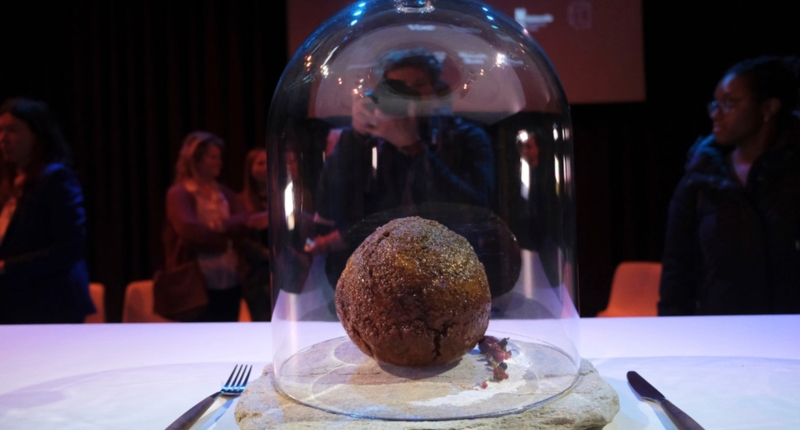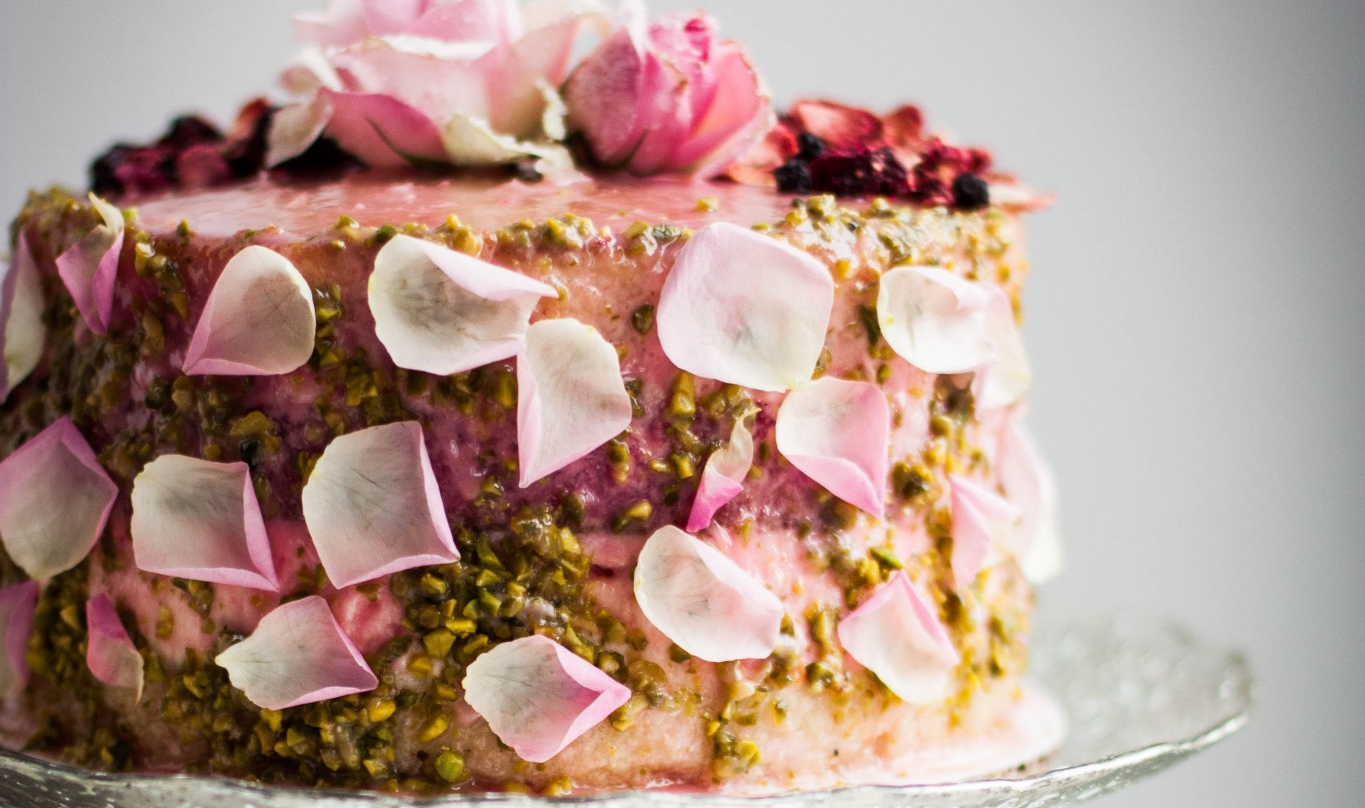Australian startup Vow has created a meatball made of lab-grown cultured meat using the genetic sequence of a long-extinct mammoth, intending to encourage discussions about sustainable food production. The mammoth meatball was presented in an Amsterdam science museum and aims to spark conversations about the future of meat. Cultivated meat or cell-based meat eliminates the need to kill livestock and is expected to reduce the environmental impact of global meat production, which currently uses billions of acres of land for agriculture. The mammoth meatball is not planned for commercial production and is presented as a source of protein to encourage discussions about alternative, sustainable food production. The project is expected to open up new conversations about the potential of cultivated meat to produce more sustainable foods, reduce the climate impact of the existing food system, and free up land for less intensive farming practices.
Australian Startup Uses Mammoth Genetic Sequence to Create Lab-Grown Meatball

An Australian startup, Vow, has created a meatball made of lab-grown cultured meat using the genetic sequence of a long-extinct mammoth. The meatball was presented in an Amsterdam science museum and was made to fire up public debate about cultivated meat.
Cultivated meat, also known as cultured or cell-based meat, is made from animal cells, eliminating the need to kill livestock. Vow used publicly available genetic information from the mammoth, inserted it into a sheep cell, and filled missing parts with genetic data from its closest living relative, the African elephant. Under the right conditions in a lab, the cells multiplied to create the meatball.
Over 100 companies around the world are working on cultivated meat products, many of them startups like Vow. Experts say that if the technology is widely adopted, it could vastly reduce the environmental impact of global meat production, which currently uses billions of acres of land for agriculture.
Although the mammoth meatball was presented as a source of protein, it will not be put into commercial production, and it has not been tasted by its creators. Instead, it was a one-off creation to encourage people to talk about the future of meat.
Singapore is currently the only country that has approved cell-based meat for consumption, and Vow is hoping to sell its first product, a cultivated Japanese quail meat, there later this year.
Australian Startup Hopes Mammoth Meatball Will Spark Conversation About Sustainable Foods
Australian startup Vow has created a meatball made of lab-grown cultured meat using the genetic sequence of a long-extinct mammoth, hoping to encourage discussion about sustainable food production.
The mammoth meatball was presented in an Amsterdam science museum and was intended to be a conversation starter for a future where alternative, sustainable foods are the norm. According to Tim Noakesmith, founder of Vow, the meatball aims to demonstrate that there are better and unique alternatives to the meats that we currently consume.
Cultivated meat, or cell-based meat, is made from animal cells and eliminates the need to kill livestock. The technology is expected to reduce the environmental impact of global meat production, which currently uses billions of acres of land for agriculture.
Seren Kell, the science and technology manager at Good Food Institute, a nonprofit that promotes plant- and cell-based alternatives to animal products, believes that the mammoth project with its unconventional gene source was an outlier in the new meat cultivation sector. He added that by cultivating beef, pork, chicken, and seafood, the impact of reducing emissions from conventional animal agriculture and satisfying the growing global demand for meat can be achieved.
The mammoth meatball is not planned to be put into commercial production and was presented as a source of protein to spark conversation about the future of meat. However, the aroma produced by the meatball during preparation, which was similar to crocodile, indicates that adding protein from an animal that went extinct 4,000 years ago gave it a new and unique aroma.
The jumbo meatball was glazed and presented for show only, as it was too delicate for transport. Nevertheless, it is hoped that the project will create new conversations about the extraordinary potential of cultivated meat to produce more sustainable foods, reduce the climate impact of the existing food system, and free up land for less intensive farming practices.
Laura Ungar, an Associated Press reporter, contributed from Louisville, Kentucky.
Don’t miss interesting posts on Famousbio










